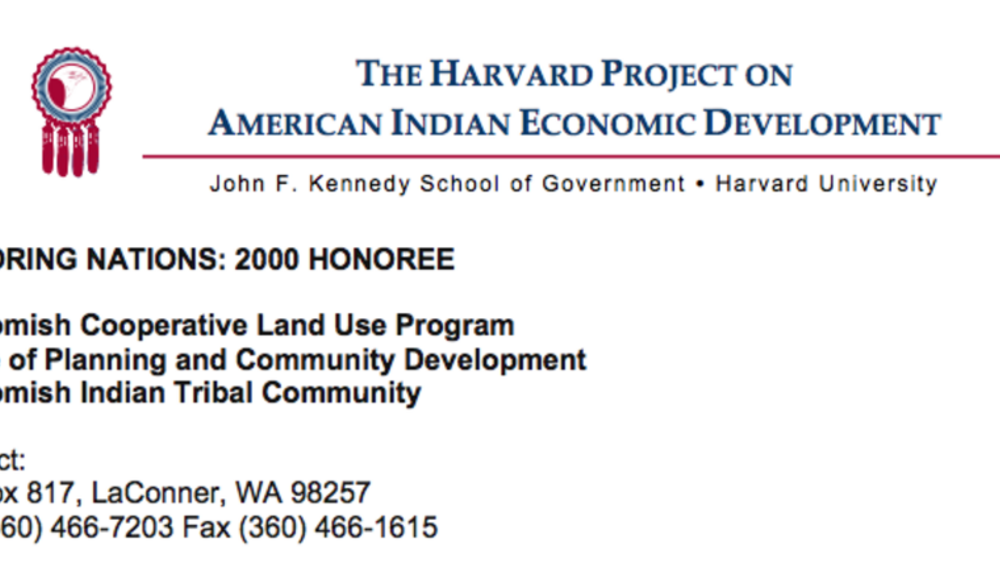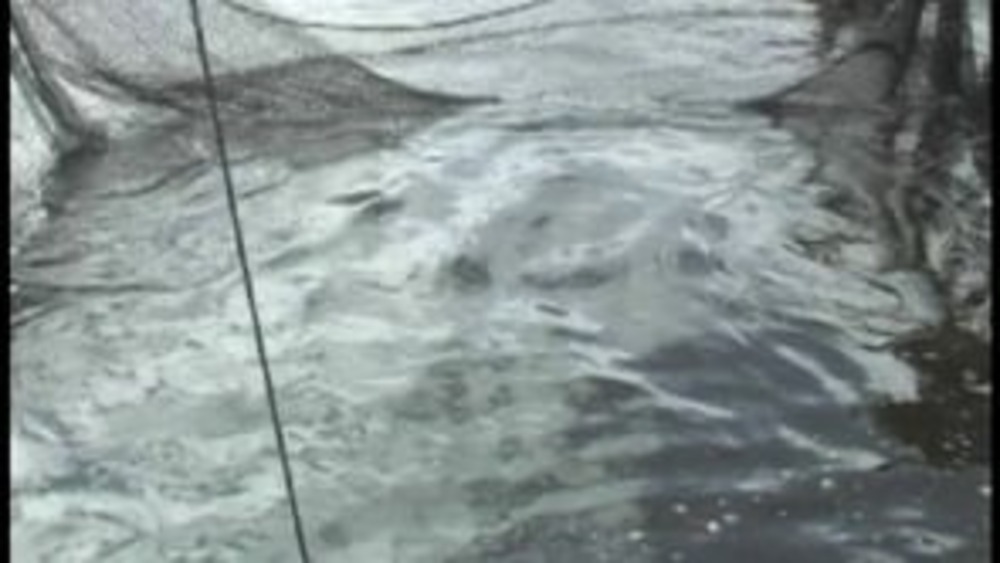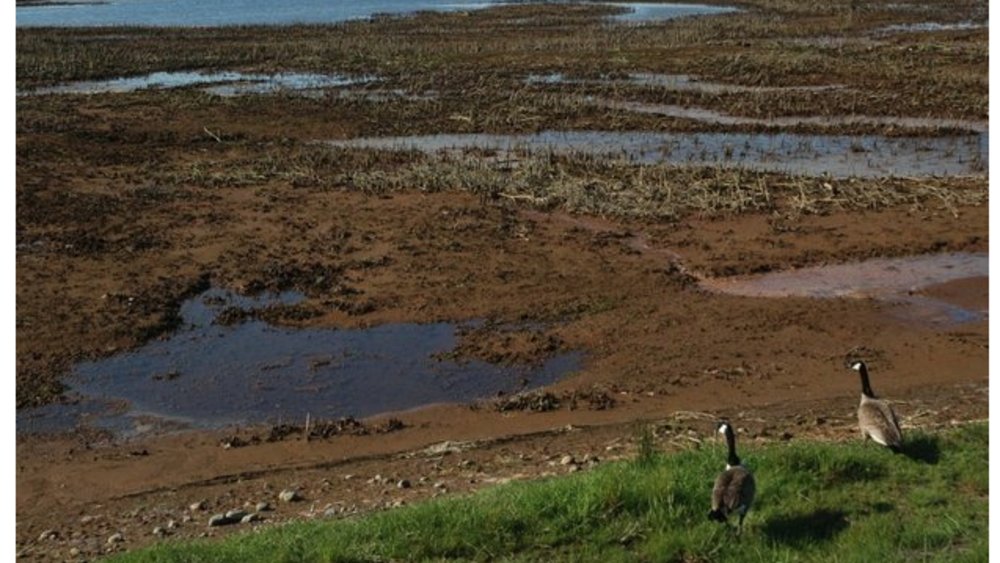Indigenous Governance Database
memorandum of agreement (MOA)

Swinomish Cooperative Land Use Program
Based on a memorandum of agreement between the Tribe and Skagit County, the Swinomish Cooperative Land Use Program provides a framework for conducting permitting activities within the boundaries of the "checkerboarded" reservation and offers a forum for resolving potential conflicts. The process,…

Maamakaadenbaagwad (it is amazing): The Miracle of the Walleye
This video, produced by the Red Lake Department of Natural Resources and the youth at Project Preserve, explains the history and progress of the Red Lake Walleye recovery program.

Washington joins Nisqually Tribe to develop new 1,300-acre state park in Mount Rainier foothills
Washington will develop a new 1,300-acre state park in the Mount Rainier foothills, about a 2.5-hour drive north of Portland/Vancouver. The Washington State Parks and Recreation Commission and the Nisqually Indian Tribe on Tuesday signed a partnership agreement for the collaborative development of…
